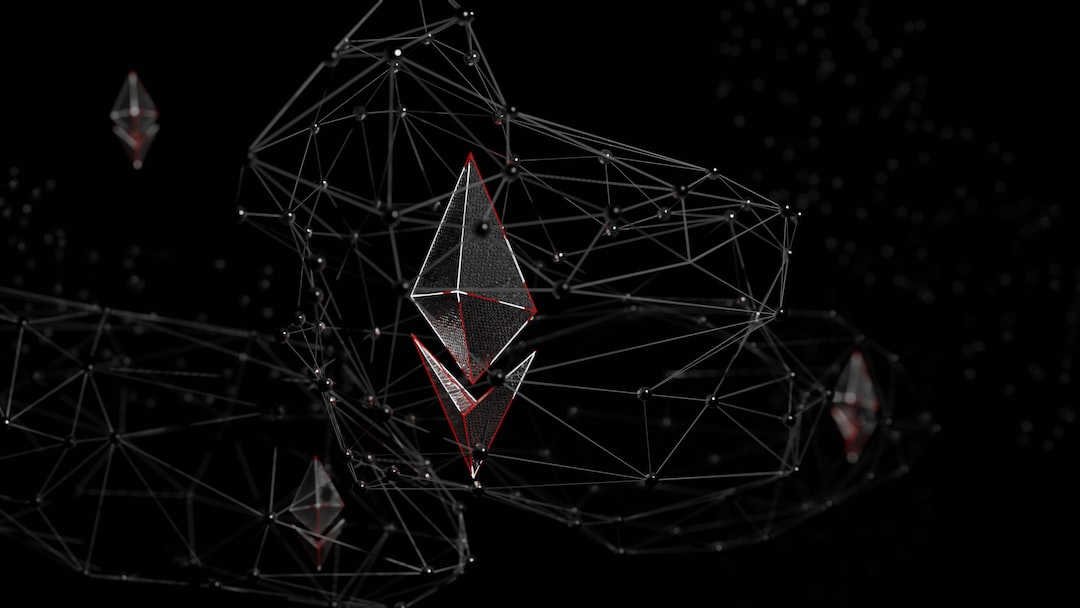Solana and Ethereum: A Relationship of Interoperability
Anatoly Yakovenko, the co-founder of Solana (SOL), recently made a statement that emphasized the close relationship between Solana and Ethereum. According to Yakovenko, Solana is not only its own network but also serves as a layer-2 network for Ethereum through the “wormhole eigenlayer.” This suggests that despite their differences in protocols and consensus mechanisms, Solana and Ethereum can achieve interoperability.
Yakovenko further explained that this interoperability would become more feasible once Ethereum implements danksharding, an upgrade aimed at improving scalability and efficiency. With danksharding, SOL blocks could be submitted to a data validating bridge contract on Ethereum.
This proposition is notable considering the reputation of Solana as an “Ethereum killer.” However, Yakovenko has expressed his interest in collaboration rather than competition. He believes in a future where both SOL and ETH can thrive.
The Role of Danksharding
Danksharding is crucial for Solana to become a layer-2 network for Ethereum. The reason behind this is that Ethereum lacks sufficient bandwidth to handle all of Solana’s data. Therefore, the implementation of danksharding is necessary to accommodate the increased capacity.
Interestingly, Yakovenko also mentioned that it would be easier for Ethereum to become a layer-2 network for Solana due to its higher capacity for processing all of Ethereum’s blocks.
Potential Challenges and Solutions
A user raised concerns about the different consensus mechanisms between Solana and Ethereum. They asked what would happen if Ethereum were to reorganize while Solana acted as a layer-2 network. In response, Yakovenko explained that users would still be able to retrieve their ETH tokens from the bridge. However, the decision to reorganize would depend on social consensus and is not defined in the bridge contract.
Yakovenko also addressed concerns about double spending. He stated that Solana would not mint the wrapped ETH token until Ethereum reaches full finality. Additionally, he mentioned the potential role of a user-activated soft fork (UASF) in preventing double spending.
Hot Take: A Collaborative Future for Solana and Ethereum
The assertion that “Solana is Ethereum” highlights a vision of collaboration between the two networks. Despite being seen as competitors, Yakovenko emphasizes the potential for interoperability and mutual growth. By leveraging danksharding and implementing seamless integration, Solana and Ethereum could create a future where both platforms thrive. This collaborative approach may pave the way for further advancements in blockchain technology and interoperability among different networks.
Bitro Conwell stands as an intellectual architect, weaving together the roles of crypto analyst, meticulous researcher, and editorial virtuoso with finesse. Amidst the digital intricacies of cryptocurrencies, Bitro’s insights resonate harmoniously with seekers of all stripes, showcasing a profound understanding. His ability to untangle the most complex threads within the crypto landscape seamlessly pairs his their editorial finesse, transforming intricacy into an artful tapestry of comprehension.

